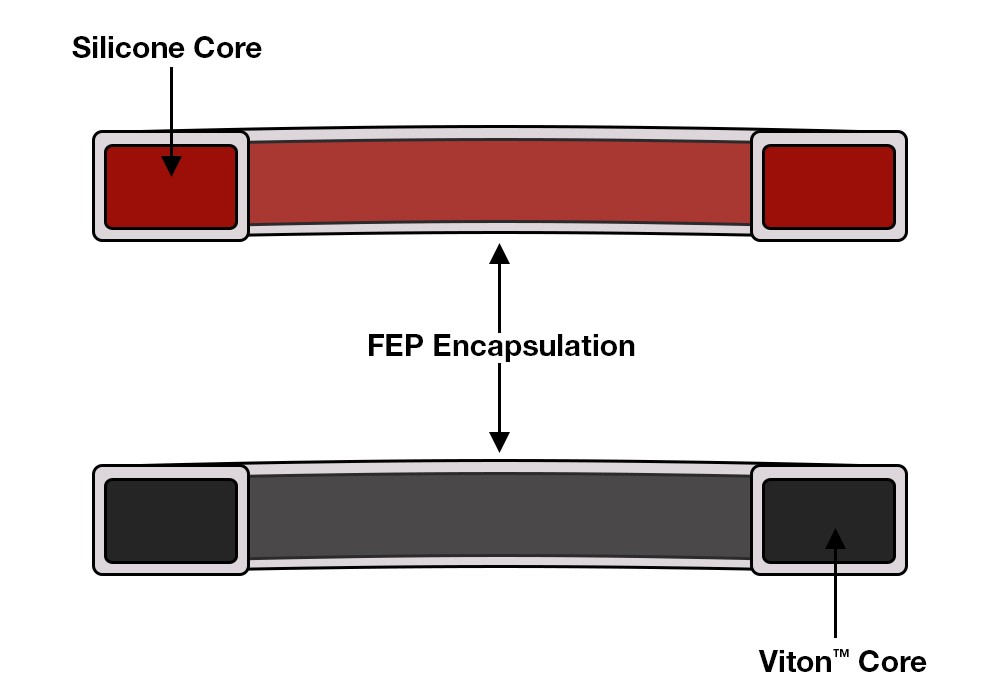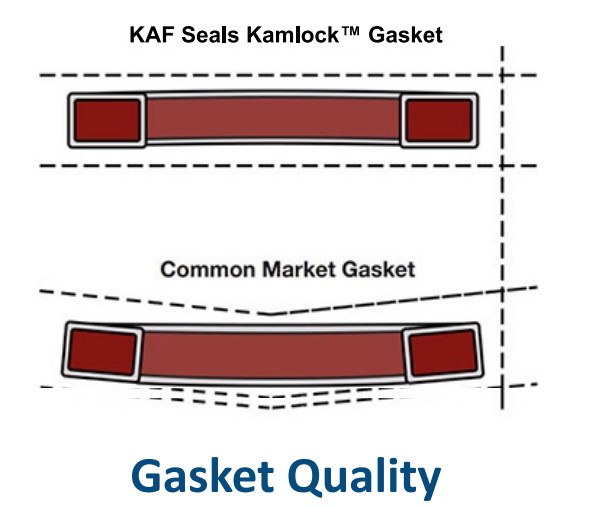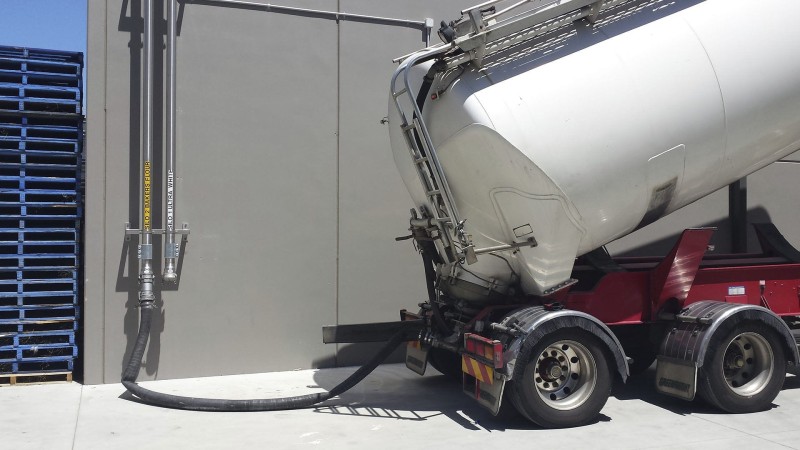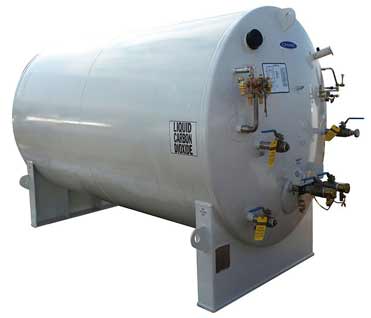Camlock Coupling & Encapsulated Gasket
Camlock Coupling & Encapsulated Gasket
FEP Encapsulated Slilcone and VitonTM gaskets for cam lock couplings, are designed for use with practically all chemicals, even in the toughest corrosive environments. These gaskets combine the best qualities of two materials to form a superior seal: Elastomer as the core for resilience, and FEP on the outside for chemical resistance.


What are Encapsulated Kamlock™ Gaskets?
Encapsulated gaskets by KAF Seals for the universal sealing of cam and groove hose couplings.
The rectangular cross-section inner core of silicone or Viton™ rubber is protected by an encapsulation of FEP, providing extreme chemical and high temperature resistance.
Superior Gasket Quality
KAF Seals gaskets are produced to be the highest quality available in the market. We have eliminated common product issues found in the market, guaranteeing a consistent fit and reliable performance.
- Minimal encapsulation-to-core gap - reducing the potential for encapsulation damage
- Superior gasket flatness - ensuring even contact across the sealing surface
- Smooth sealing surface - free from warps and kinks to ensure no potential leak paths
- Exceptional chemical resistance - a cost-efficient replacement for FFKM seals for aggressive chemicals
Benefits of Encapsulated 'O'-Rings and Seals
- No need to specify different elastomer materials for different applications
- Leak-free performance: low compression set and elastomer core energiser avoids cold flow leakage
- Easy installation and maintenance due to the non-stick surface with low coefficient of friction
- Sanitary, sterilisable and FDA / EC specification compliant encapsulation
- Superior seal for bulk liquid transfer couplings in manufacturing, distribution or storage
- Elimination of coupling leakage from chemical attack or creep issues, unlike traditional solid PTFE gasket
- No cross-flavor contamination

Electronically-driven quality assurance and control
- Highly accurate inspection capability
- Complete batch traceability
- Lowest real price
- High volume capability
- Stock guaranteed

Hints for Inserting Coupling Gasket
Teflon encapsulated coupling gaskets are more rigid than plain elastromeric gaskets due to the Teflon encapsulation and are therefore a little more difficult to insert. After installing just a few, you will be an expert.
Insert gasket perpendicular to opening with OD of gasket 90° from the locking arm holes to prevent damage to Teflon. Tip gasket and insert lower part of gasket into groove directly under 1 locking arm hole. Cover the other locking arm hole with a thin flat object such as a 6" stainless steel pocket rule and work balance of gasket, starting from the part already in the groove, past the covered locking arm hole and into the groove.
Teflon encapsulated coupling gaskets are far superior to other gasket materials when used in corrosive applications.
Chemical Resistance, Restricted Permeability & Absorption
Typical chemicals with which ‘FEP/PFA’ resins are compatible
|
Abetic acid |
Bromine |
Diethyl carbonate |
|
Acetic acid |
N-Butyl amine |
Dimethyl ether |
|
Acetic anhydride |
Butyl acetate |
Dimethyl formamide |
|
Acetone |
Butyl methacrylate |
Di-isobutyl adipate |
|
Acetophenone |
Calcium chloride |
Dimethylformamide |
|
Acrylic anhydride |
Carbon Disulfide |
Dimethyl hydrazine |
|
Alkyl methacrylate |
Cetane |
Dioxane |
|
Ammonium chloride |
Chloroacetic Acid |
Ethyl acetate |
|
Aniline |
Chloroform |
Ethyl alcohol |
|
Aqua Regia |
Chlorosulfonic acid |
Ethyl ether |
|
Benzoyl chloride |
Chromic acid |
Ethyl hexanoate |
|
Benzoyl alcohol |
Cyclohexane |
Ethylene bromide |
|
Benzoyl Peroxide |
Cyclohexanone |
Ethylene glycol |
|
Borax |
Dibutyl phthalate |
Ferric chloride |
|
Boric acid |
Dibutyl sebacate |
Freons |
|
Ferric phosphate |
2-Nitro-butanol |
Potassium permanganate |
|
Fluronitrobenzene |
Nitromethane |
Pyridine |
|
Formaldehyde |
Nitrogen tetroxide |
Soap and detergents |
|
Formic acid |
2-nitro-a2-methyl |
Sodium fluoride |
|
Furane |
N-Octadecyl alcohol |
Sodium hydroxide< 80% |
|
Gasoline |
Diesel |
Sodium hypochlorite |
|
Hexacholoethane |
Nitric acid |
Sodium peroxide |
|
Hexane |
Nitrobenzene |
Solvents,aliphatic & aromatic2 |
|
Hydrochloride acid |
Oleum |
Stannous chloride |
|
Hydrocyanic acid |
Ozone |
Sulphur |
|
Hydrofluoric acid |
Perchlorethylene |
Sulphuric acid |
|
Hydrogen peroxide |
Pentachloro-Benzamide |
Tetrabromoethane |
|
Isopropyl alcohol |
Perfluoroxylene |
Tetrachloroethylene |
|
Isocyanates |
Phenol |
Trichloroacetic acid |
|
Lead compounds |
Phosphoric acid |
Trichlorethylene |
|
Mangesium chloride |
Phosphorus |
Tricresyl phosphate |
|
Mercury |
Pentachloride |
Triethanolanime |
|
Methyl ethyl ketone |
Phthalic acid |
Turpaentine |
|
Methacrylic acid |
Pinene |
Unleaded fuel |
|
Methanol |
Piperidene |
Vinyl methacrylate |
|
Methyl methacrylate |
Polyacrylonitrile |
Water |
|
Napthalene |
Potassium acetate |
Xylene |
|
Napthols |
Potassium hydroxide<50% |
Zinc chloride |
Note: Molten alkali metals, fluorine and several complex halogen compounds (chlorinetrifluroide) are incompatible with FEP/PFA resins.


Chemical Processing:
- From trucks to storage
- From storage to process areas
Cosmetic Industry:
- Transferring perfumes and oils
- Blending and batching oils and greases for soap
Petroleum Industry:
- Deliveries to service stations
- Oil canning
- Blending grease and oil
- Mixing oil additives
Paints & Dyes:
- Mixing color pigments
Pharmaceuticals:
- Blending raw materials
Rubber & Plastics:
- Blending liquids and resins
Printing & Marking Equipment:
- Hose connectors
Bulk Liquid Transfer:
- Mining slurries, agricultural chemicals, brewing





